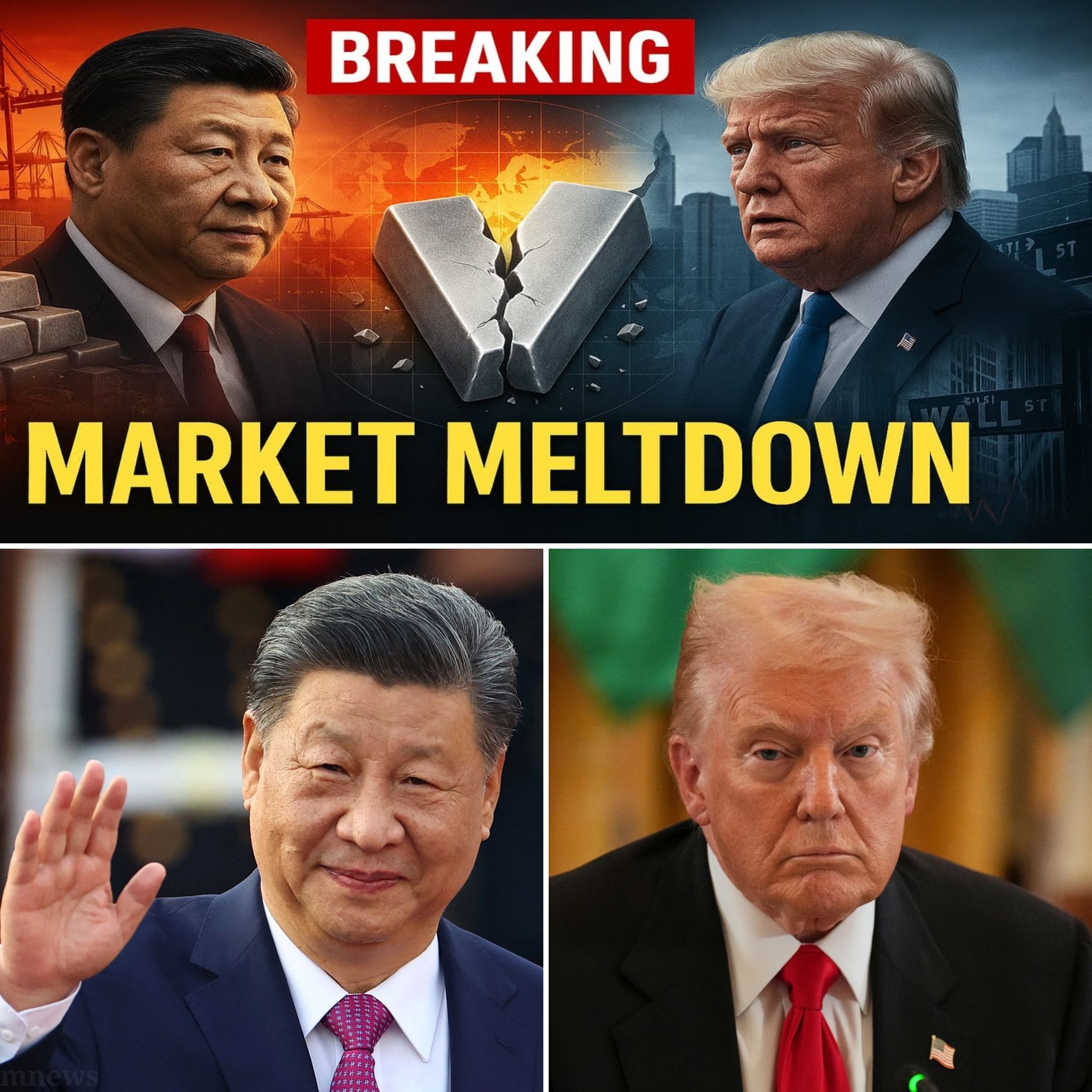U.S. markets are reeling from a staggering $1 trillion wipeout, triggered by a sudden liquidity crisis and a critical cut in silver exports from China. In a matter of moments, Wall Street’s tech giants, led by Nvidia, experienced catastrophic losses that some analysts equated to the GDP of small nations. This unprecedented financial upheaval raises urgent questions about the resilience of the U.S. economy and its dependency on a narrow band of technology stocks.

The catalyst for this turmoil was not just the abrupt evaporation of liquidity that left trading screens blank and orders frozen, but also China’s unexpected decision to curtail silver exports to the U.S. This move has significant implications, as silver is essential for powering artificial intelligence servers and manufacturing weapons. For the first time in decades, the world’s most liquid market felt a chilling sense of drought, leaving investors scrambling to understand whether this was merely a correction or the onset of deeper financial asphyxiation.
The market’s vulnerability is underscored by the concentration risk tied to a handful of mega-cap companies. Just days prior, Nvidia had been on the brink of a $5 trillion valuation, only to face a rapid decline as traders began to question the sustainability of such inflated expectations. As Wall Street grappled with these realities, the NASDAQ was poised for its weakest performance since spring, with tech stocks leading the decline as investor confidence wavered.

Adding to the market’s woes, household sentiment has plunged to its lowest levels since mid-2022, reflecting growing pessimism among consumers. This sentiment shift typically translates into reduced discretionary spending, further straining an economy already grappling with rising inflation and uncertainty. The latest data reveals a troubling uptick in layoffs, with the October tally reaching its highest in two decades, raising alarms about the labor market’s stability.
The silver supply situation is particularly dire. The U.S. is heavily reliant on imports to meet its growing demand for silver, especially as electrification and technological advancements continue to escalate. The recent classification of silver as a critical mineral by the U.S. Interior Department signals a recognition of this dependency, yet it does not guarantee an increase in domestic supply. Current forecasts indicate a looming deficit in silver production, with estimates suggesting a shortfall of over 110 million ounces by 2025.

In the midst of these challenges, the dynamics of U.S.-China relations around critical minerals remain precarious. While recent gestures from Beijing suggest a potential easing of export controls, the underlying tension and uncertainty persist. As U.S. firms scramble to adapt to these shifting regulations, the risk of supply chain disruptions looms large.
The intersection of these factors creates a volatile environment where market corrections can quickly spiral into broader financial crises. With tech stocks heavily weighted in market indices, the potential for further declines is palpable. Investors are left to ponder whether the U.S. can navigate this complex landscape without succumbing to a deeper economic malaise. As the situation unfolds, all eyes will be on silver’s status in the critical minerals list and its implications for supply chains and market stability. The coming weeks will be crucial in determining whether this market turbulence is a precursor to a more significant downturn or a temporary blip in an otherwise resilient economy.





